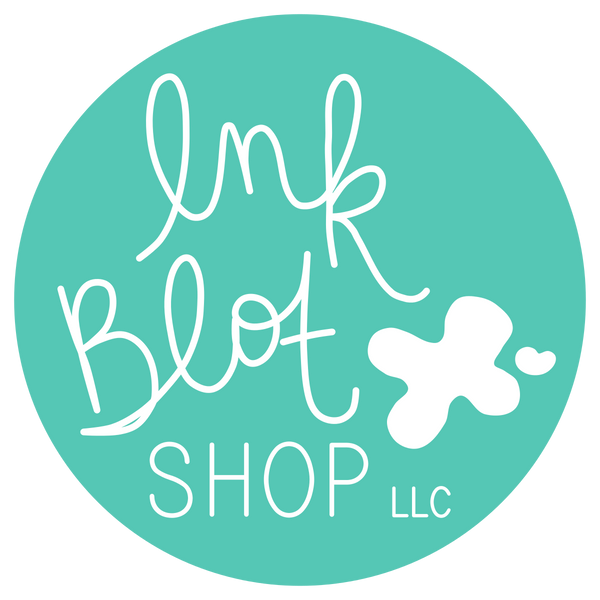About Clear Stamps
How do I use clear stamps?
It's easy!
Peel. Stick. Ink. Stamp.
Gently peel clear stamp from transparent backing sheet.
Stick clear stamp to clear (acrylic) block.
Ink up clear stamp.
Stamp.
Prefer a visual example? Watch this short instructional video.
How do I clean clear stamps?
You can wash clear stamps with:
- mild (alcohol-free) soap and water
- a stamp cleaner intended for use with clear stamps
Clear stamps will stain with some inks. Staining does not harm the clear stamps.
How do I store clear stamps?
Once you have used and cleaned your clear stamps, simply let them dry completely and return them to the transparent backing sheet for storage.
Clear stamps should stay sticky and adhere well to clear stamp blocks for a long time. If, however, clear stamps should ever begin to lose their "cling", just wash and dry them and they should recover their tackiness.
It is recommended that clear stamps be stored away from direct sunlight for best results.
Where are your clear stamps made and what are they made of?
Ink Blot Shop LLC stamps are designed exclusively in the USA and are manufactured in the United States (USA) with Globally Sourced Materials. They are clear photopolymer stamps (and are latex free).
Do you have any tips for using detailed background stamps?
Here are some tips on how to get the best results from your background stamps.
